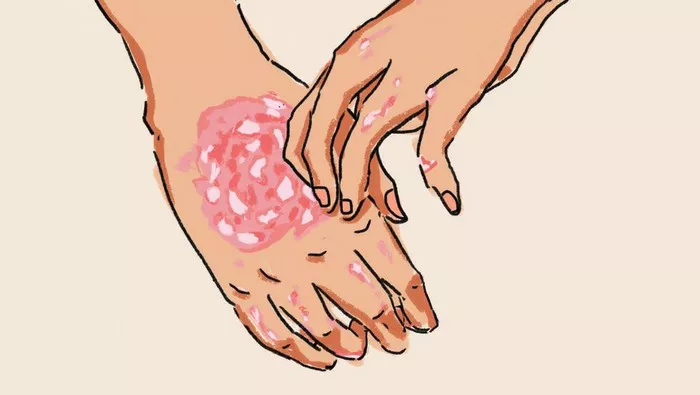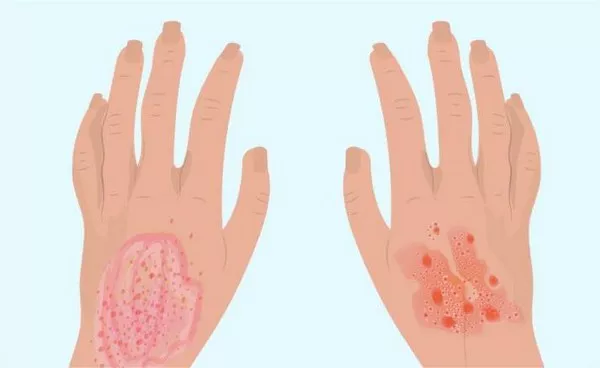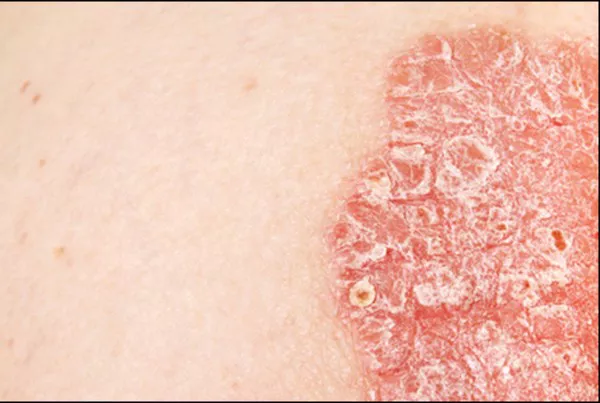The Global Hidradenitis Suppurativa Atlas (GHiSA) recently unveiled an extensive report aimed at deepening insights into hidradenitis suppurativa (HS), a debilitating skin condition.
Developed with the endorsement of the International League of Dermatological Societies (ILDS), the report explores various facets of HS, spanning from its diagnosis to its profound impact on patients’ lives and the available therapeutic interventions. Additionally, the report highlights the notable gaps, obstacles, and challenges in comprehending HS.
Dr. Henry Lim, President of ILDS and a distinguished dermatologist at Henry Ford Hospital in Detroit, Michigan, engaged in a discussion with Dermatology Times to elucidate the pivotal discoveries of the report and the anticipated outcomes for clinicians, healthcare providers, and policymakers.
Reflecting on the essence of the project, Dr. Lim emphasized the significance of the Global Report on HS, underlining its dual focus on elucidating the incidence of HS and fostering widespread awareness among healthcare stakeholders, including policymakers and the World Health Organization (WHO). He underscored the severe nature of HS, characterizing it as a profoundly distressing ailment that severely compromises patients’ quality of life and psychological well-being due to its symptomatic manifestations.
Dr. Lim commended the substantial progress made in HS research and management in recent years, alongside the emergence of numerous patient advocacy groups dedicated to supporting individuals grappling with this condition. However, he stressed the imperative of intensifying educational efforts across all pertinent domains to ensure enhanced understanding and resource allocation for HS.
Regarding the report’s key findings and identified areas for improvement, Dr. Lim underscored the paramount importance of acknowledging the psychological and disability burden experienced by HS patients. He accentuated the pressing need for comprehensive education targeting healthcare providers, policymakers, and the general populace to foster a more informed and compassionate approach towards managing HS.
Dr. Lim articulated his optimism regarding the potential of the report to catalyze positive transformations in patient outcomes. He emphasized the pivotal role of healthcare providers in leveraging the insights gleaned from the report to bolster their understanding of HS and optimize treatment modalities. Moreover, he underscored the indispensable role of advocacy in liaising with policymakers and insurance entities to secure access to essential medications and therapeutic interventions for HS patients.
In the broader context of ILDS’s initiatives, Dr. Lim underscored the organization’s commitment to elevating the visibility of dermatological diseases on the global stage, particularly through its collaborations with WHO. He highlighted the pivotal role of data collected through initiatives such as the Global Report on HS in informing and enriching discussions at the WHO level, thereby amplifying awareness and resource allocation for skin diseases.
In conclusion, Dr. Lim articulated his hope that the report would serve as a catalyst for intensified research efforts and treatment innovations in the realm of HS. He expressed confidence that heightened awareness and collaboration among stakeholders would engender substantial advancements in addressing the multifaceted challenges posed by this debilitating condition.
Related Topics:

























